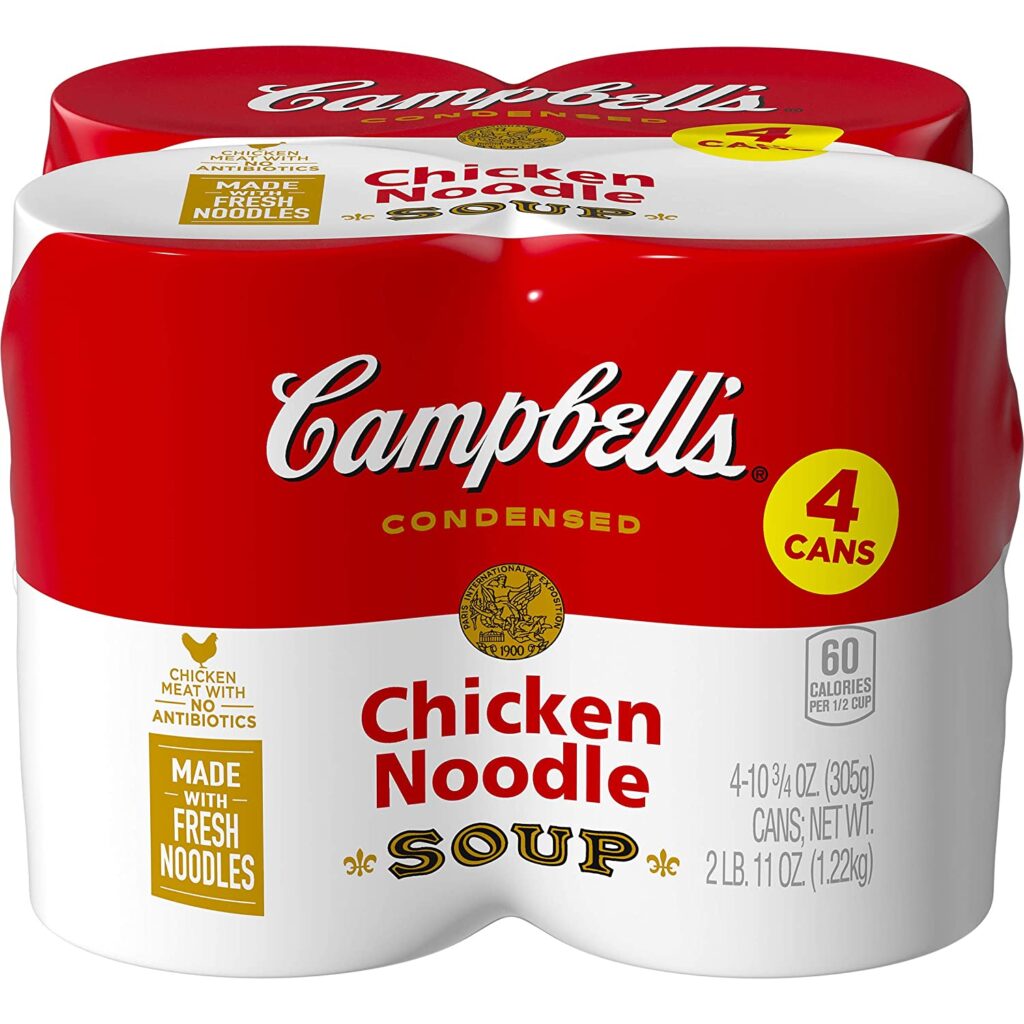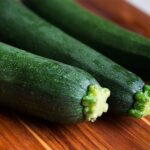Canning is a critical, and safe way of preserving food if done properly. The process involves putting food in jars and heating it to a temperature that destroys the microorganisms that can be a health hazard or make the food spoil. Canning also deactivates enzymes that can cause the food to spoil. The air is driven from the jar during the heating process, and when it cools, a vacuum seal is formed. The vacuum seal prevents air from getting back into the product that could bring microorganisms that will contaminate the food.
Contents
Boiling Water Bath Method
One effective way of canning soup without a pressure cooker is through the water bath method. The boiling water bath method is ideal for fruits, tomatoes, pickles as well as jams, jellies, and other foods. With the boiling water bath method, jars of food are heated by being completely immersed with boiling water at a temperature of 212 °F. Food with high-acid, a pH of 4.6 or less have enough acid that the botulinum spores cannot grow and produce their toxins. These foods include fruits and properly pickled vegetables. The food can be safely canned in hot temperatures in a boiling water bath. Food such as tomatoes and figs have pH values close to 4.6. In order to can these in a boiling water bath you should add acid such as lemon juice or citric acid.
Prepare Your Soup
You need to have your soup ready before you can it. There are plenty of recipes you can make use of to prepare the kind of soup you may want to can. When preparing your soup make sure that you use recipes for your soup that are ideal for canning. Also ensure that you cut all the ingredients into uniform sizes, as indicated in the recipe, so that each piece processes at a similar rate. If you already have your soup ready then simply follow these steps to can your soup.
Gather All Your Tools
The first thing you need to do is to gather your tools for canning. You will need;
- Jars (pint/quart)
- Lids/seals and rings
- Large pot
- Sharp knife
- Jar lifting tongs
- Magnetic lid lifter
- Clean towels and dishcloth/Paper towel
After gathering all the tools you need for the process make sure that you wash them thoroughly. The next step will be to take the clean jars and place them into the oven. Switch on the oven to 200 degrees Fahrenheit. You can leave the jars for a few minutes in the oven. This process is to sterilise the jars.
Prepare Your Canning Pots
When you are done with your first step take your canning pot and fill two-thirds of it with some clean water then put it on the stove and then turn it on. The higher the heat the better. Add a rack inside the pot. Take another small pot or saucepan and fill half of it with clean water. Put it on the stove and let the water boil slowly. Afterwards put the lid over it and fit rings to the saucepan.
Pour Your Soup Into The Jars
After you have sterilized your jars in the oven take them out one at a time. Make sure that you remove one jar one at a time so that the remaining jars stay warm and sterile for a much longer period of time. Pour the fresh soup into the hot jar. After you have poured the soup into the jars stir it a bit with a non-metallic spatula in order to remove air bubbles. Removing air bubbles is crucial because it prevents bacteria from growing and your soup will last longer. It is not uncommon for air to be trapped. After packing your soup ensure that there are no air bubbles or pockets of air inside the jars. If so, they must be removed. Wipe your jars clean with the help of a paper towel or cleaning tissue paper when you are done packing and clean the rims of the jar to ensure better sealing. When you are done take out the lids of the jars one by one from the hot watered pot or saucepan and cover them on the cleaned jars filled with soup. Take out the rings from the same pot or saucepan and tighten them over the rim using your hand. Ensure that you seal the jars properly.
Water Bathing
When you are done packing and sealing place all the soup-filled jars inside your canning pot on a rack. Make sure that you do not overload the pot and keep the jars apart from each other. Cover the canning pot and let it boil gently. After you boil it remove the jars and place a wet towel to cool them down. To test whether your jars are sealed place a finger on the centre of the lid. If the lid feels hard, then the jars are sealed. Your jars should be ready to be placed at some dry place.
Tips For Canning Soup
It is always ideal to sterilize the tools and materials you need to use when canning soup. Make sure that you sterilise your jars, rims and lids. Preparing the jars in boiling water is crucial from a sanitation point of view. Also, there are many methods for canning that tell you to soap-wash or boil the rims and seals as well. It is always best to take the time you need with prepping your tools and jars so that your end product will be shelf-safe for a long period of time. Another important factor to consider is using unused seals. The lids with their seals are only good for one use. Once you have consumed all of the vegetables from the sealed jar, toss them or recycle them. Lastly, do not forget to check your jar for cracks or chips because that may prevent your lids from sealing properly.







